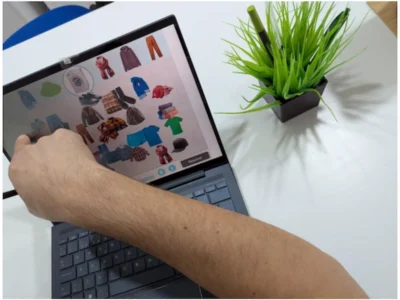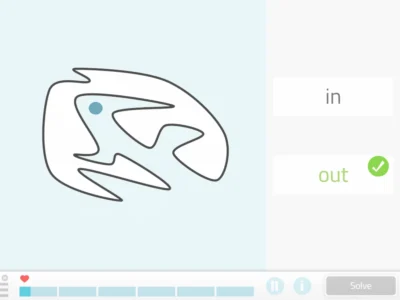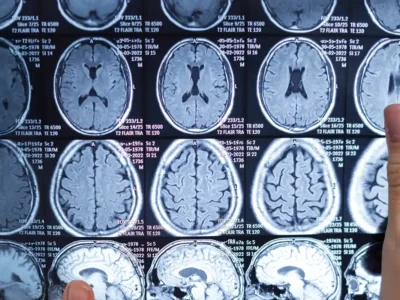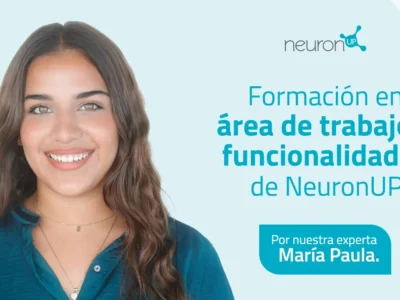The learning therapist at the Interdisciplinary Center for the Care of ADHD and Learning Problems (CITPA), Cinthia Macedo, explains how to work on executive functions in ADHD with NeuronUP using the specific case of a girl.
CITPA is a center in Toluca (Mexico), made up of different specialists that includes therapists for all areas of physical and neurological development for the care of children and adolescents, covering medical and therapeutic fields. For 10 years we have worked together to guide and support children with a neurodevelopmental disorder as well as their families. Together we create action plans that allow for positive changes at school and at home, as well as in their lives.
Executive functions in ADHD
Within CITPA, reinforcement aimed at achieving consolidation of executive functions is a primary part of the treatment plan to follow, since most of our patients have a diagnosis of attention deficit hyperactivity disorder (ADHD). It is for this reason that NeuronUP has been a truly important support for stimulating the different cognitive and executive functions in exciting, creative, and innovative ways that tend to be attractive to our patients.
Executive functions in ADHD: The case of «G»
«G» is a bright nine-year-old girl with a diagnosis of ADHD who is currently in follow-up after extensive therapeutic work that included, of course, el uso de NeuronUP y sesiones de NeuronUP2GO en casa.
When «G» arrived at the center she could not concentrate, stay in her seat for short periods, showed very little capacity for self-regulation, a poor inhibitory control as well as a marked cognitive rigidity; all of this greatly complicated her interaction with classmates as well as with her teachers. Although she had cognitive abilities that could allow her to perform excellently in various school activities, the reality was different.
The process was arduous, with many advances and setbacks, but using all available resources, patience, commitment from the parents and the Center, «G» began to show more progress, greater stability and awareness of her behavior. She began to develop strategies, create support mechanisms and situate herself in the present, while learning from experiences to anticipate the future.
NeuronUP has been a great support tool that contributed significantly to «G»’s progress. We worked with her a lot on the executive functions section, which includes exercises on planning, flexibility, working memory and decision-making.
It is also worth mentioning the work on the area of social cognition which was especially useful due to the use of real facial expressions and their correspondence with specific situations. False-belief tasks proved very dynamic, beneficial and managed to capture her interest.
Another advantage of NeuronUP was being able to provide activities at home to encourage daily progress even when «G» did not attend the center every day. For all these reasons, NeuronUP has been an important ally that combines the best of technology, but with a meaningful and valuable purpose.
If you liked this post about how to work on executive functions in ADHD with NeuronUP, you may also be interested in reading these articles:
“This article has been translated. Link to the original article in Spanish:”
NeuronUP para trabajar funciones ejecutivas en TDAH: el caso de «G»







 Five NeuronUP Exercises to Work on Attention
Five NeuronUP Exercises to Work on Attention
Leave a Reply